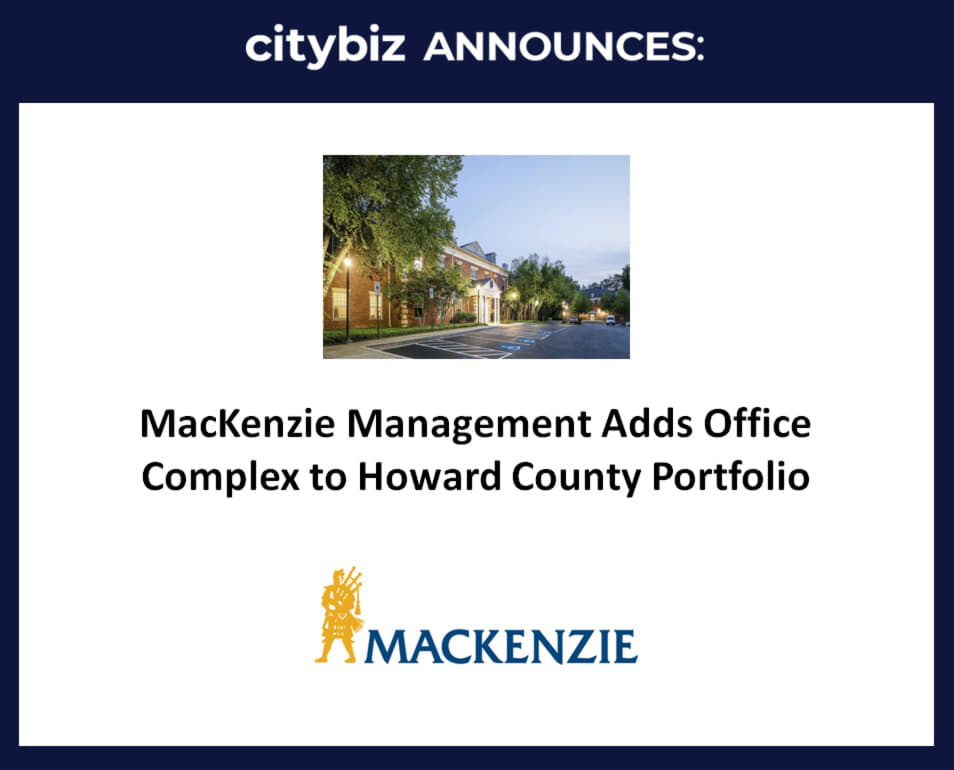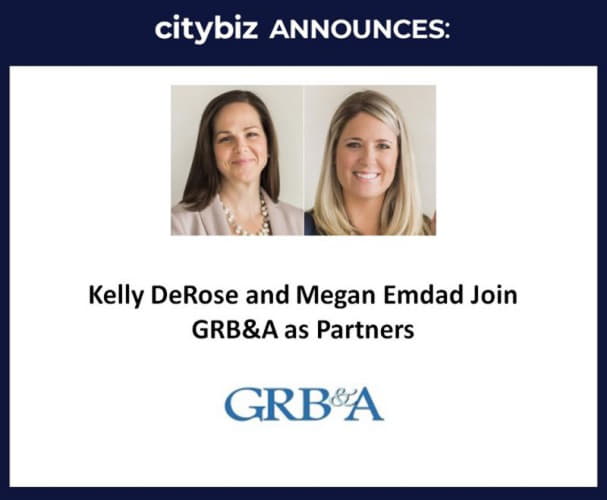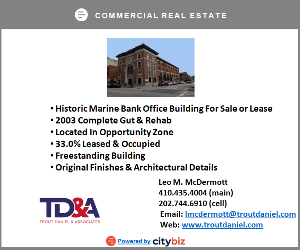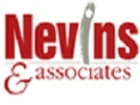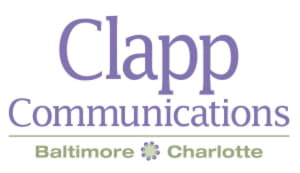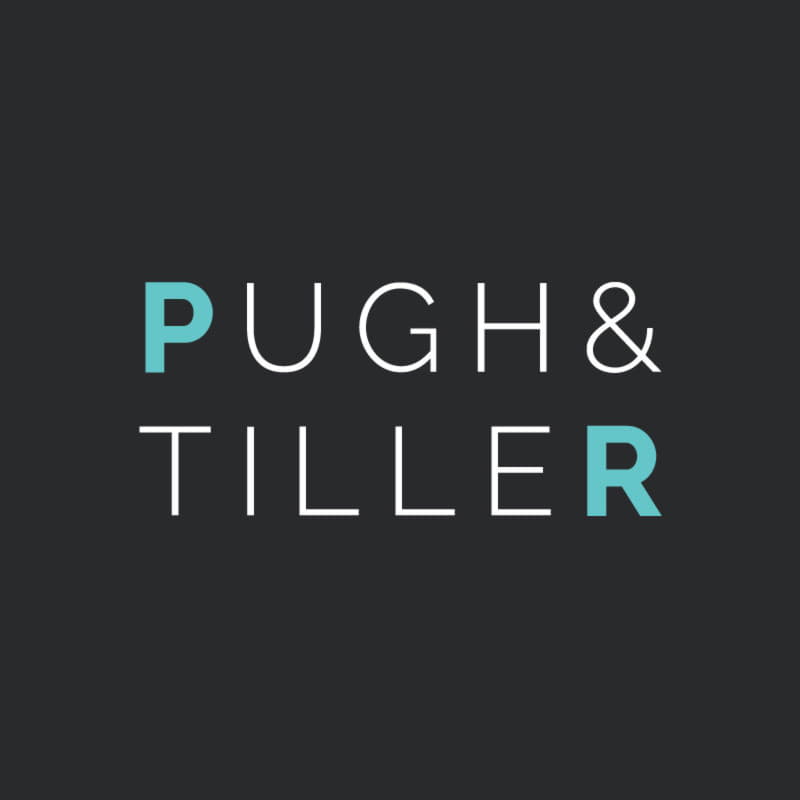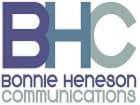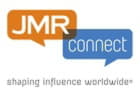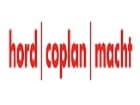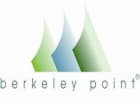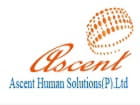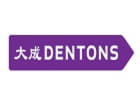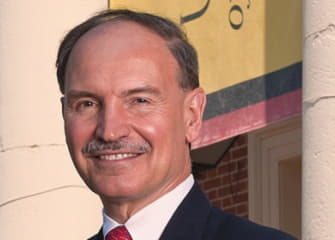
Bob Chrencik
Click here for Part I & Part III
Bob Chrencik, President and CEO of the University of Maryland Medical System, highlights the growth of UMMS as a university-centered medical system since its founding in 1984. “We are all about serving patients across the state of Maryland every day,” Chrencik says. Today, UMMS not only includes hospitals and regional health systems, but a full spectrum of health related services. Earlier this month, UMMS affiliated with Dimensions Healthcare System (DHS), which will now be known as University of Maryland Capital Region Health, serving residents of Prince George’s County and Southern Maryland. UMMS works in close partnership with the University of Maryland School of Medicine, chartered in 1807 as the first public medical school in the United States. UMMS operates its flagship academic hospital, the University of Maryland Medical Center in Baltimore which is also home to the world-renowned R Adams Cowley Shock Trauma Center and the nationally-recognized Greenebaum Comprehensive Cancer Center. Other UMMS member hospitals serve urban, suburban, and rural communities across the State. UMMS has also evolved to include University of Maryland Medical System Health Plans, a wholly-owned company offering insurance programs for Medicare and Medicaid beneficiaries, and the University of Maryland Quality Care Network, a provider-organized network of physicians and other health care providers in the state, and other health care providers in the state. Mr. Chrencik discusses how UMMS, with 25,000 employees and revenue of $4 billion annually, is well-positioned in the complex and highly competitive Maryland health care marketplace and how the environment is changing from in-patient focused health care delivery to managing the health of patient populations.

EDWIN WARFIELD: Do you face challenges as a large, statewide organization with so many partners?
BOB CHRENCIK: It is large, it is academically centered, so look at the University of Maryland Medical Center as the flagship. But we operate in suburban parts of the state such as St. Joseph Hospital—one of our affiliates out in Towson; Baltimore Washington Medical Center in Anne Arundel County. We’re in rural markets—we have four facilities over in the Eastern Shore: one in the Eastern, one in Cambridge, one in Chestertown, and one in Queenstown. We’re to the north in Hartford County. We are now down in the Washington area in Charles County. And we have two wonderful specialty rehabilitation hospitals: one is what used to be Kernan Hospital—it’s now the University of Maryland Rehab Hospital—and we also have an affiliation with Mt. Washington Pediatric Hospital.
We’ve grown into a very large enterprise, but I’ll say this: we are all about serving the state. We are there. We never say no to any patient in the state of Maryland who has a medical need. You call us, we’re there for you. It’s just who we are. And there are many other great hospitals in this state—as a matter of fact, I would say we’re unusually blessed as citizens of this state to have two really capable academic medical centers, and then a host of other really excellent community hospitals. A Marylander should feel very good about their health care.
Q. Tell us about your business model. How does activity in the hub branch out to the hospitals in your system?
A. The academic medical center has a set of what we call “tertiary care capabilities,” or very high-end medical services that will serve a broad region. If you look at the University of Maryland Medical Center, it has a world renowned shock trauma center, it has the nationally recognized Greenebaum Cancer Center, it has one of the country’s largest transplant centers. In many ways, in some of the areas like liver transplant, we are the largest in the eastern United States. We have unbelievably good services in neurology and neurosurgery—these very high-end services with excellent intensive care capabilities at our medical center. The idea with the hub and spoke is that we want the community hospitals to be excellent providers of community-based medicine, so we want them to be very good at what they do, but they are not going to do heart transplants—that’s going to be done over here. We want the academic and medical hub to have this tertiary capability—don’t duplicate it in the community hospitals, but export out to them medical expertise and capital and other resources so they can be as good as they can be in their local markets, but they should be sending us their sickest patients.
To expedite that, we did something very neat in the ‘90s: we created something called Express Care. It’s our own ground and air transport system, separate from shock trauma, to very efficiently move sicker community patients out of the community hospital and rapidly get them to the medical center so that we can deal with them. Now, we transport almost 10,000 by ground and air out of the community hospitals around the state, and into the academic centers. We’re on the move.
Q. What can you tell us about the rise of telemedicine?
A. It’s a rapidly emerging area. To give you an example of how telemedicine has advanced, we now have something we call Maryland eCare, where just up the street here at the academic center, we actually manage about 10 intensive care units around the state electronically. Through our camera system, we are managing, particularly in the evenings and on weekends, intensive care units in smaller hospitals, because they have a great deal of difficulty recruiting physicians and having the capability to do that. That’s just an example, but you’re seeing telemedicine popping up in emergency rooms and other places, and having an academic hub is a huge resource to the state, and I think you’ll see more of that going into the future.
Connect with Bob on LinkedIn
Sponsored by:
Founded in 1993, WMS Partners is the only independent multi-family office in the Baltimore area that isn’t associated with a brokerage firm, bank or trust company. Our team of approximately 50 professionals and 14 owners spanning three generations assists in the direction of our client’s financial goals and objectives and oversees in excess of $3 billion in assets.
As our client’s advocate and central point for their financial affairs, we work pro-actively with service providers, including accountants, attorneys, consultants, insurance professionals and philanthropic advisors. We are large enough that we provide exposure to many unique ideas and strategies in the investment, estate, tax, financial advisory and risk management arena; but small enough to provide discreet, pro-active individualized guidance.


Edwin Warfield, CEO of citybizlist, conducts the CEO Interviews.
If you're interested in reaching CEOs, please contact edwin.warfield@citybuzz.co
Connect on LinkedIn



